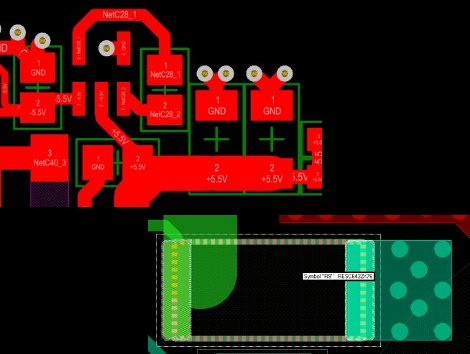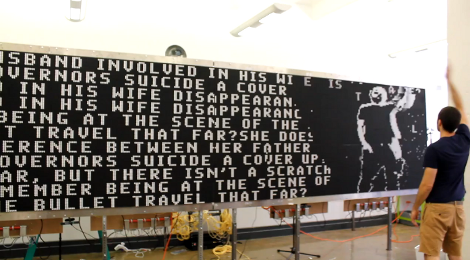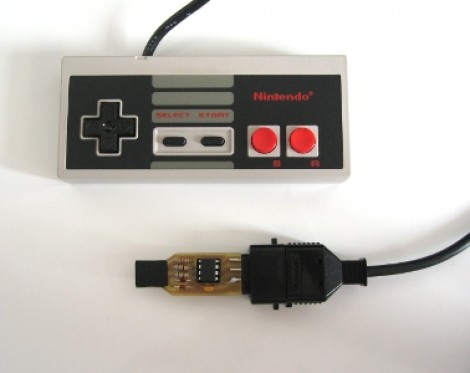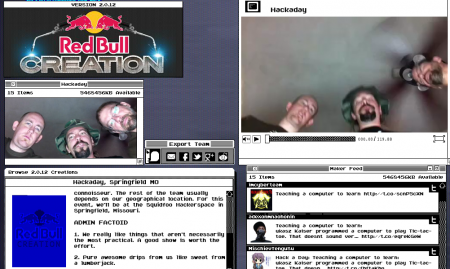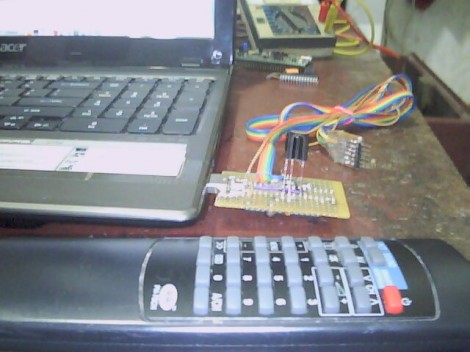
It’s no secret that learning how to program is very hard, and teaching it doubly so, requiring the student to wrap their head around very unorthodox concepts. [Ubi de Feo] over at the Amsterdam tech collective Hello, Savants! has a unique solution for taking someone who knows nothing of programming and turning them into a computer aficionado capable of deftly wielding semicolons and parens. It’s called From 0 to C, and aims to teach students programming in an environment without computers.
For his class, [Ubi] made up a lot of wooden boxes with eight subdivisions representing the bits in a byte. By putting ping-pong balls in each slot, [Ubi]’s students can grasp the concept of counting by powers of two and quickly move on to hexidecimal and more advanced concepts like bit shifting.
After learning the ins and outs of how stupid computers actually are, [Ubi]’s students then learn the syntax of a language of their choice (C, JavaScript, or Python, for example), and write a few programs.
Although we’re sure most of our readers are far past the ‘learning programming from a blank slate’ portion of their hacker and maker career, anything that gets more people solving their own problems is okay in our book. [Ubi] has a pretty neat take on the pedagogy of teaching programming, and we’d really like to see his work expand outside his Amsterdam collective.

